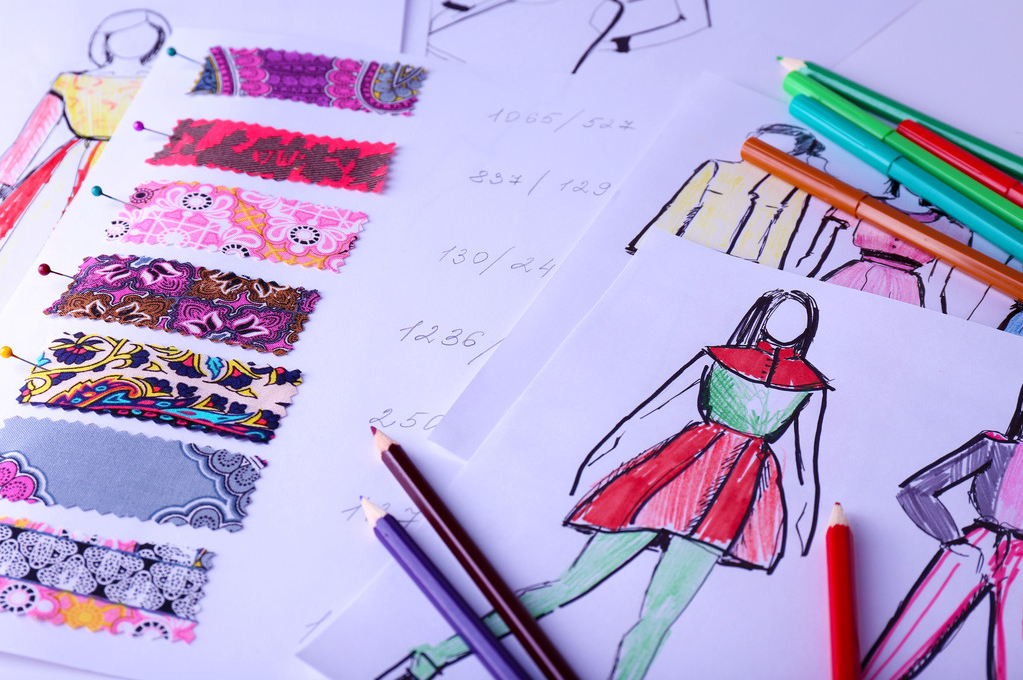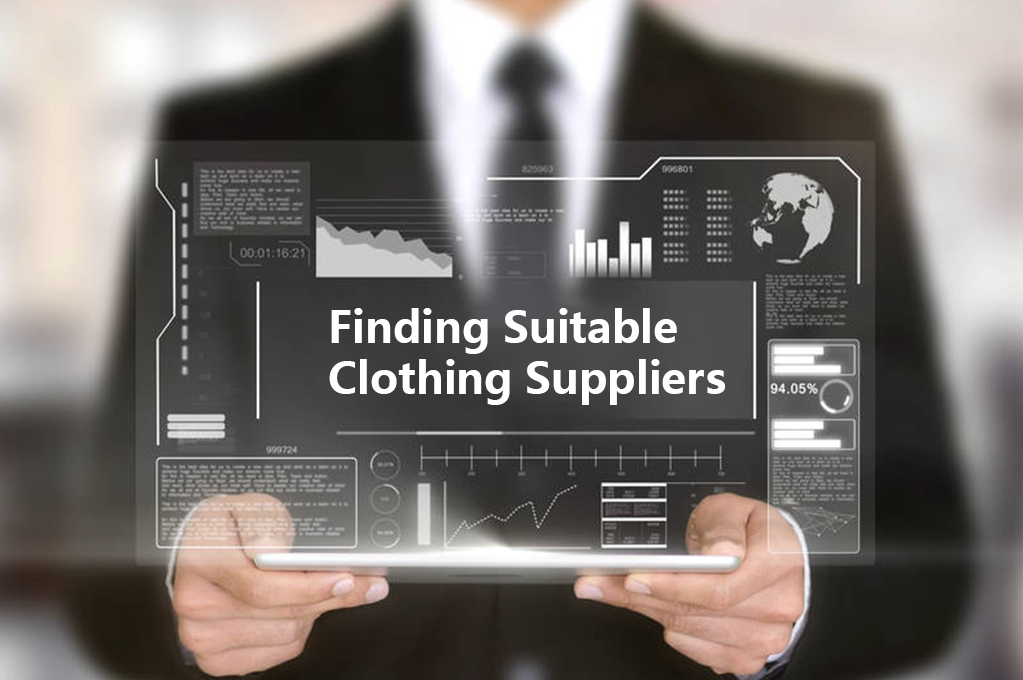Finding Suitable Clothing Suppliers:A Comprehensive Guide
Importing clothing can be a complex process, but finding the right suppliers is the first and most critical step towards establishing a successful relationship that can lead to a profitable business. Here’s a guide to help you navigate the process of identifying and selecting suitable clothing suppliers:
Step 1: Define Your Needs
Before embarking on the search for suppliers, it’s essential to define your business needs clearly. Consider the following questions:
- What type of clothing do you want to import? Is it casual wear, formal wear, children’s clothing, or something else?
- Do you require a specific material or fabric?
- Are there particular sizes or styles that are important to your target market?
- What is your budget, and what level of quality are you aiming for?
Having answers to these questions will help you narrow down your search and ensure that the suppliers you contact are capable of meeting your specific requirements.

Step 2: Research Potential Suppliers
With your needs defined, the next step is to conduct thorough research to identify potential suppliers. There are several resources and methods available:
- Trade Shows and Exhibitions: Attending trade shows and exhibitions is an excellent way to meet suppliers face-to-face and see their products firsthand.
- Online B2B Platforms: Websites like Alibaba, Global Sources, and Made-in-China.com offer directories of suppliers and allow you to communicate directly with them.
- Industry Associations: Joining associations related to the clothing industry can provide networking opportunities and access to a list of vetted suppliers.
- Referrals: Asking for recommendations from colleagues or other businesses in the industry can lead you to trusted suppliers.
Step 3: Evaluate Suppliers
Once you have a list of potential suppliers, it’s time to evaluate them based on several criteria:
- Experience and Reputation: Check the supplier’s history, reviews from previous clients, and any certifications they may hold.
- Capacity: Ensure the supplier can meet your order size and has the capability to scale if needed.
- Quality Control: Ask about the supplier’s quality assurance processes and whether they conduct inspections during production.
- Pricing: Obtain quotes and compare pricing structures to ensure competitiveness while balancing quality.
- Communication: Evaluate the responsiveness and clarity of communication with potential suppliers, as this is crucial for ongoing business relationships.
Step 4: Request Samples
Request samples from your shortlisted suppliers to assess the quality of their products:
- Sample Quality: Examine the workmanship, materials used, and overall finish of the sample garments.
- Delivery Time: Note how long it takes for the samples to arrive and consider this for future orders.
- Customization: If you require customization, now is the time to discuss these details and see if the supplier can accommodate your requests.

Step 5: Conduct Due Diligence
Before entering into a contract, perform due diligence to ensure that the supplier meets all legal and ethical standards:
- Compliance: Verify that the supplier complies with local and international laws regarding labor practices, environmental standards, and safety regulations.
- Visit the Factory: If possible, visit the supplier’s factory to see the working conditions and production processes firsthand.
Step 6: Negotiate Terms and Establish a Contract
Once you’ve identified a supplier that meets your criteria, negotiate the terms of the agreement:
- Order Quantities and Pricing: Agree on the quantities and prices that suit both parties.
- Payment Terms: Discuss payment methods, including deposit requirements and the timing of payments.
- Shipping and Delivery: Clarify shipping arrangements, including transit times, shipping costs, and insurance requirements.
Step 7: Maintain Communication and Monitor Performance
After signing the contract, maintain regular communication with your supplier to monitor performance and address any issues that arise:
- Regular Updates: Stay in touch with the supplier to get regular updates on the progress of your orders.
- Feedback: Provide feedback on delivered products and discuss ways to improve the partnership.
Finding suitable clothing suppliers is a foundational step in the import process. By carefully defining your needs, researching potential partners, evaluating their capabilities, requesting samples, performing due diligence, negotiating fair terms, and maintaining open communication, you can establish a robust supplier relationship that supports your business objectives.
I hope this article can help you further understand the steps for importing clothing from China. If you want to learn more about importing clothing and transportation from China, you can visit our homepage or contact us directly!

